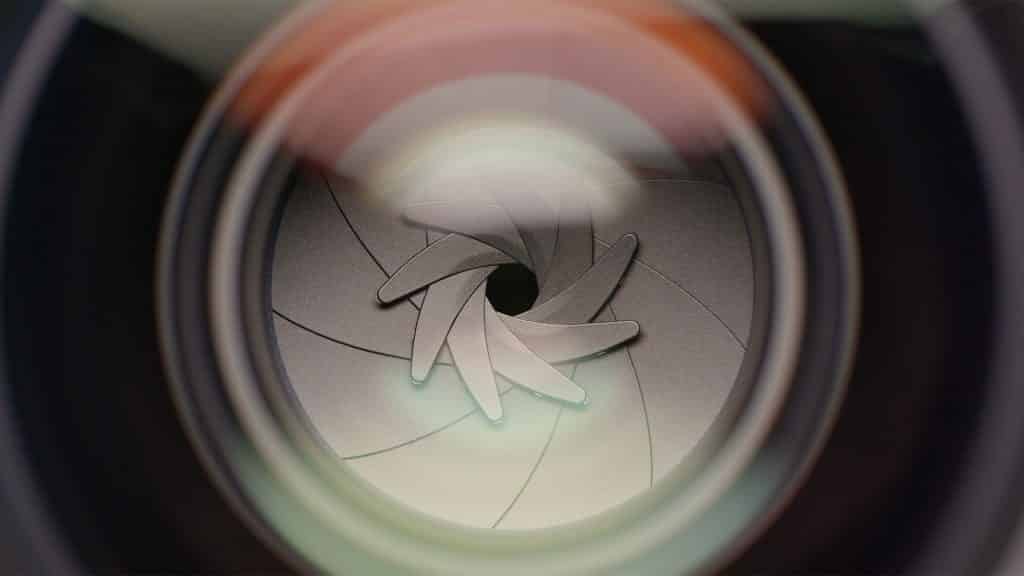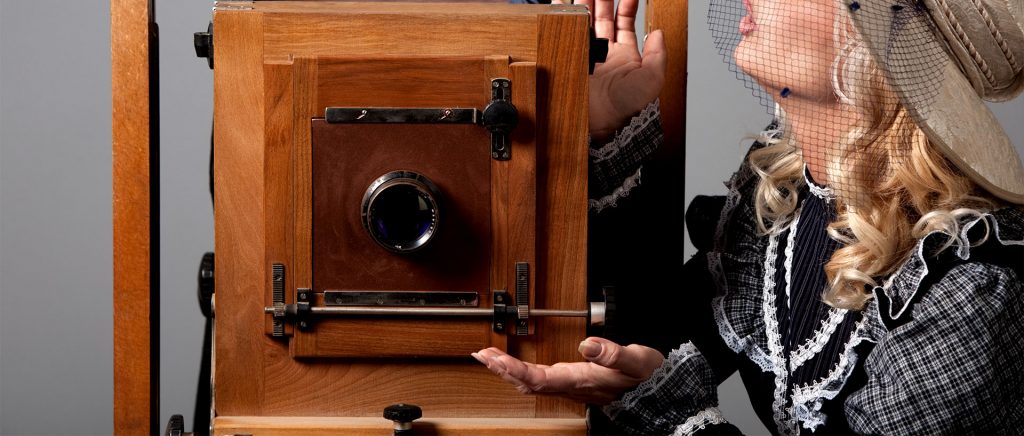The color lilac is often associated with spring, renewal, and youth. But this delicate shade is much more than it seems.
In fact, lilac holds a wealth of psychology and meaning. Keep reading to learn about the hidden power of this beautiful color and what the psychology of the color lilac says.

Lilac color psychology
The color lilac, with its unique charm and intriguing presence, sparks a singular fascination in our perception. This particular tone, an exquisite mix of purple and pink, has been the subject of various interpretations in color psychology, trying to unravel the reasons for its appeal.
Often considered a color that exudes calm and serenity, lilac also has an energizing facet. Some theories suggest that its vibrant shade can help us feel more alert and motivated. This property could be linked to its similarity to the colors of the sky at sunrise or sunset, moments of the day when our brain is on high alert.
However, the meaning of the color lilac encompasses more than its ability to stimulate. This shade is also known for its calming properties.
Various scientific studies have evidenced that simply contemplating lilac can alleviate feelings of anxiety and sadness. This duality, between stimulation and calm, is one of the aspects that make lilac a truly fascinating color.
Therefore, it has a profound effect on our emotions and mental states, showing that its influence goes beyond mere aesthetics. Whether in fashion, interior decoration, or in the creation of logos and branding, the psychology of the color lilac plays a crucial role in how these elements are perceived and interpreted.
With its charm and versatility, it is a tone that not only delights the eye but also influences our mood and our emotions.
Understanding the psychology of the color lilac and its meaning can be key to effectively applying it in various areas, from art and design to advertising and marketing.
The psychological meanings of the color lilac
- Spring.
- New beginnings.
- Femininity.
- Calm.
- Romance.
- Bad luck.
- Fortune.
- Intuition.
What does it mean in other cultures?
The color lilac, with its multifaceted personality, has a different meaning in each culture, demonstrating once again the complexity of the psychology of the color lilac.
In the global cultural spectrum, lilac is a color that, depending on the context, can represent everything from joy and prosperity to mourning and remembrance.
It is interesting to note that in many Eastern cultures, lilac is a symbol of luck and prosperity. This association may be linked to its relationship with spring flowers such as cherry blossoms and wisteria, whose blooming indicates the arrival of spring and the renewal of life.
This link with growth and revival has led to considering lilac as a color that attracts good luck and success. Moreover, there is a tradition in parts of Asia where garlands of lilac flowers are given as gifts at weddings or births, as a blessing of happiness and longevity.
On the other hand, the meaning of the color lilac can have a darker connotation in other cultures. For example, in some Islamic countries, lilac may be associated with mourning and remembrance, along with other colors such as green and black, used to express condolences in times of loss.
Therefore, lilac, although often perceived as a cheerful and uplifting color, can vary in its meaning depending on the cultural context and individual experiences.
This cultural diversity of the color lilac reminds us that, just like with any other color, the interpretation of lilac is strongly influenced by the beliefs, traditions, and cultural experiences of each individual.
In the psychology of the color lilac, it is essential to take into account these cultural differences to fully appreciate the richness and depth of this color.
The color lilac in marketing and advertising

The color lilac, a uniquely attractive shade of purple, has proven to be an effective and powerful tool in the field of marketing and advertising over the years.
This hue, characterized by its relaxing and fresh properties, is closely linked to the psychology of the color lilac, which suggests an association with feelings of peace, tranquility, and serenity.
Therefore, the use of lilac in various media, both print and digital, is a commonly adopted strategy to evoke these emotions in consumers.
This tone, which ranges from subtle touches in TV advertisements to prominent highlights on product packaging and website banners, has become an integral element in advertising tactics.
But the meaning of the color lilac transcends its peaceful and calming effect. Beyond its aesthetic appeal, this tone is strongly associated with a sense of luxury and style. This is why it has become a popular choice among brands looking to convey these feelings of elegance and exclusivity to their customers.
Thus, the use of the color lilac in marketing and advertising not only highlights the power of aesthetics to influence consumer behavior but also reflects the ability of colors to convey specific messages and emotions.
In summary, the psychology of the color lilac in marketing is based on its ability to generate tranquility and luxury, two elements that can be decisive in capturing consumers’ attention and influencing their purchase decision.
Therefore, understanding and applying the meaning of the color lilac in the marketing strategy can be a determining factor in how customers perceive a brand and, therefore, in its success in the market.

Conclusion about the meaning of the color lilac
The color lilac, with its rich versatility and ability to represent a broad spectrum of feelings, ideas, and emotions, plays a prominent role in both Western and non-Western cultures.
Its application in the sphere of marketing and advertising requires a careful and strategic understanding of what is intended to be communicated to the target audience.
In this sense, it is crucial to take into account the psychology of the color lilac to ensure that the message transmitted is correctly interpreted by consumers.
However, the meaning of the color lilac goes beyond its usefulness in marketing and advertising. This shade, often associated with tranquility and serenity, is also linked to sophistication, luxury, and style.
Therefore, its use can be particularly effective for brands that wish to convey an image of elegance and exclusivity.
Moreover, the psychology of the color lilac suggests that it can have a significant impact on consumers’ perception and emotions.
This color has the ability to calm the mind, stimulate the imagination, and foster a sense of spirituality. Thus, its application on various platforms and media can influence purchase decisions and the emotional connection that customers establish with a brand.
In summary, understanding the meaning of the color lilac and its psychology is essential for its effective use in marketing and advertising.
Its well-thought-out employment can convey a variety of emotions and messages, thus creating effective and meaningful communication with the target audience.
The key is to use this color strategically, taking into account its multiple connotations and the impact it can have on consumers’ perception and response.







